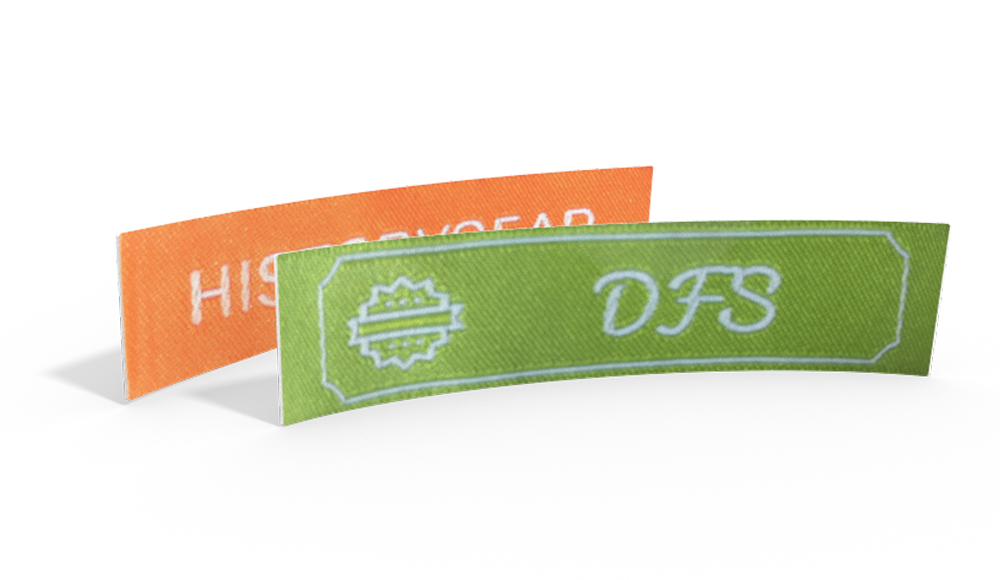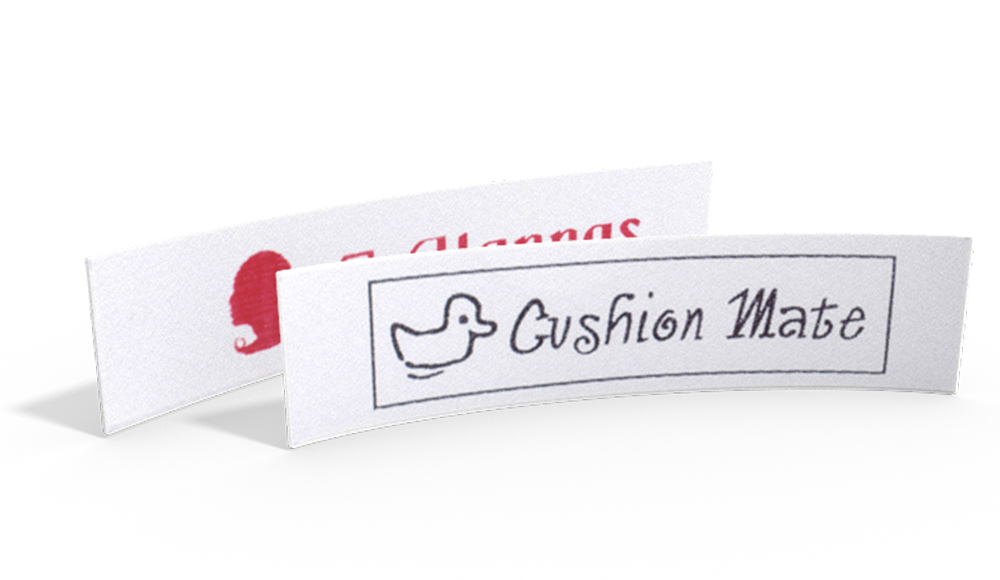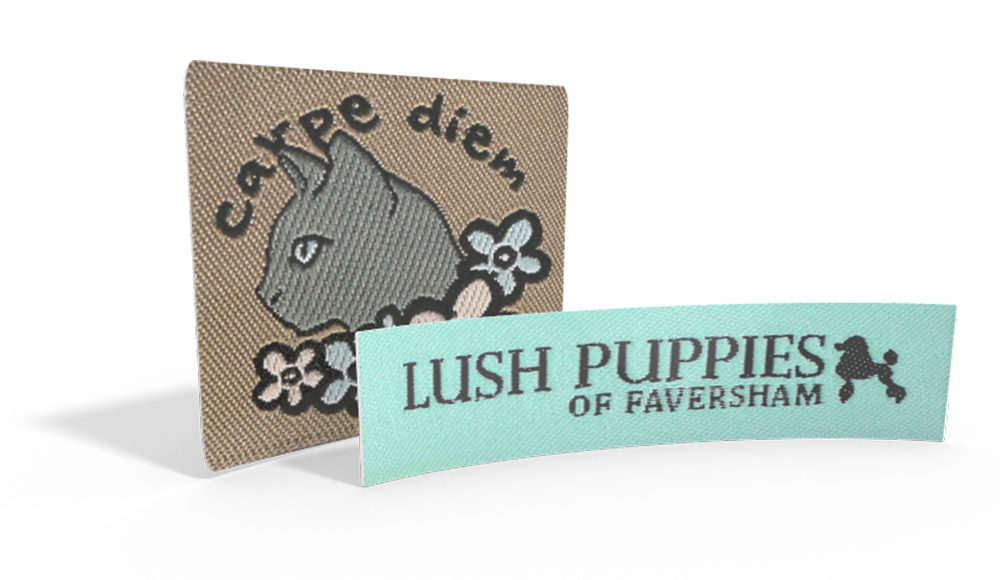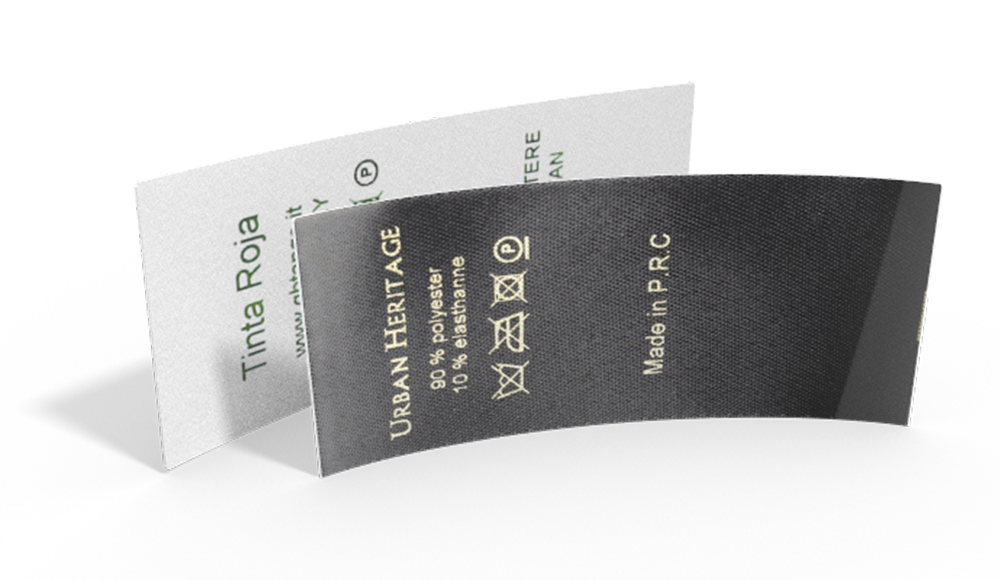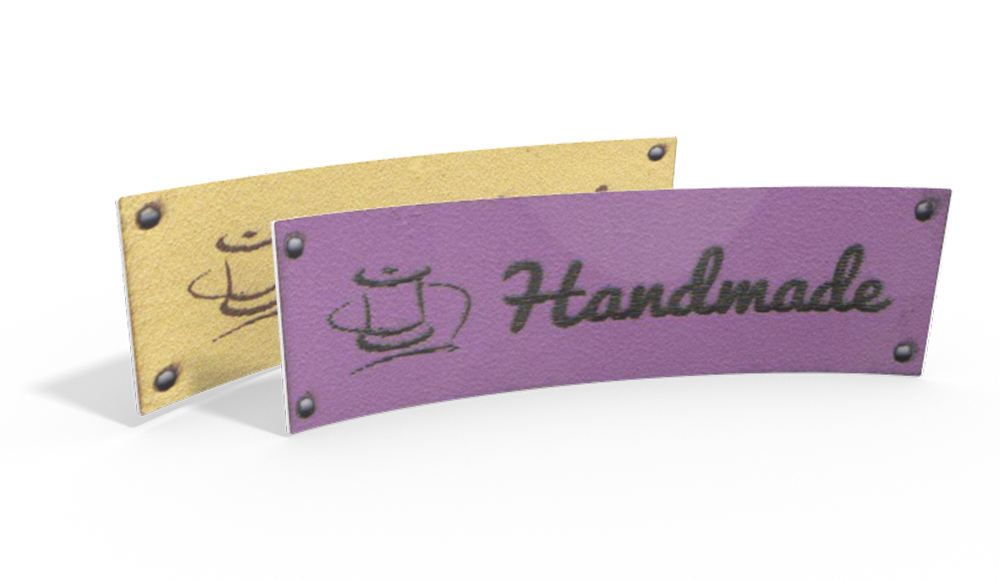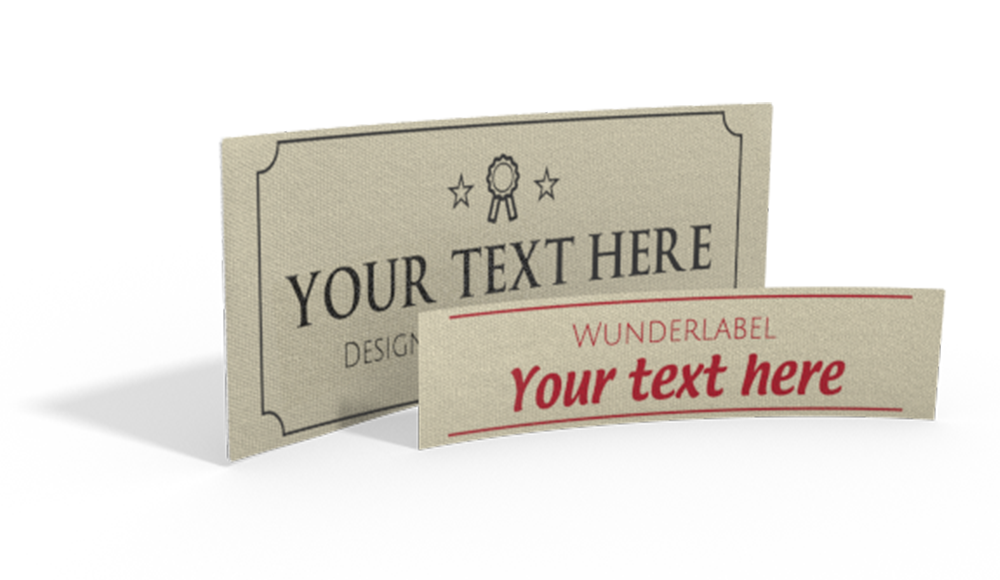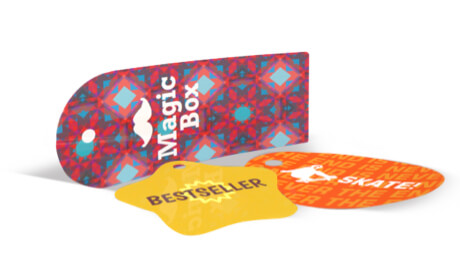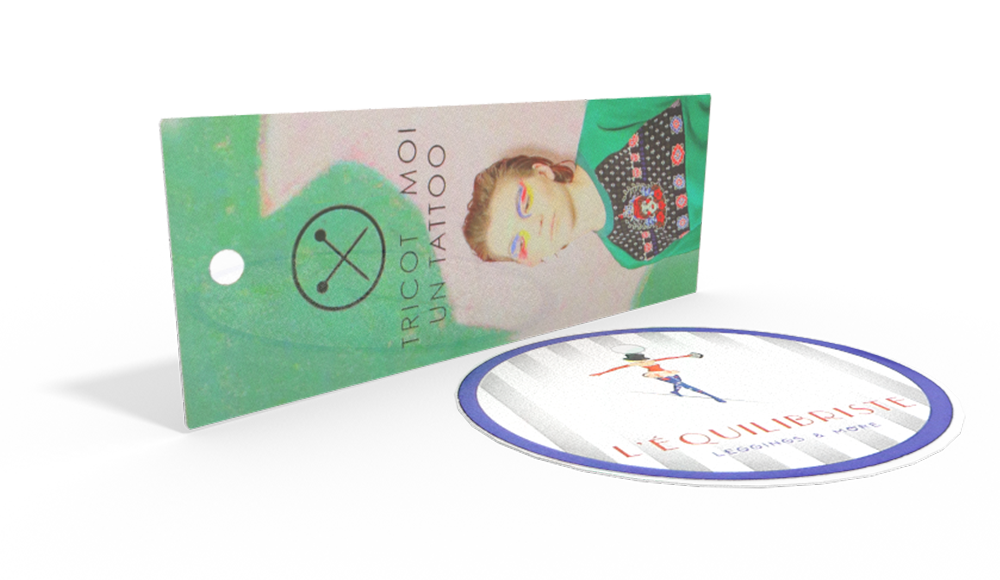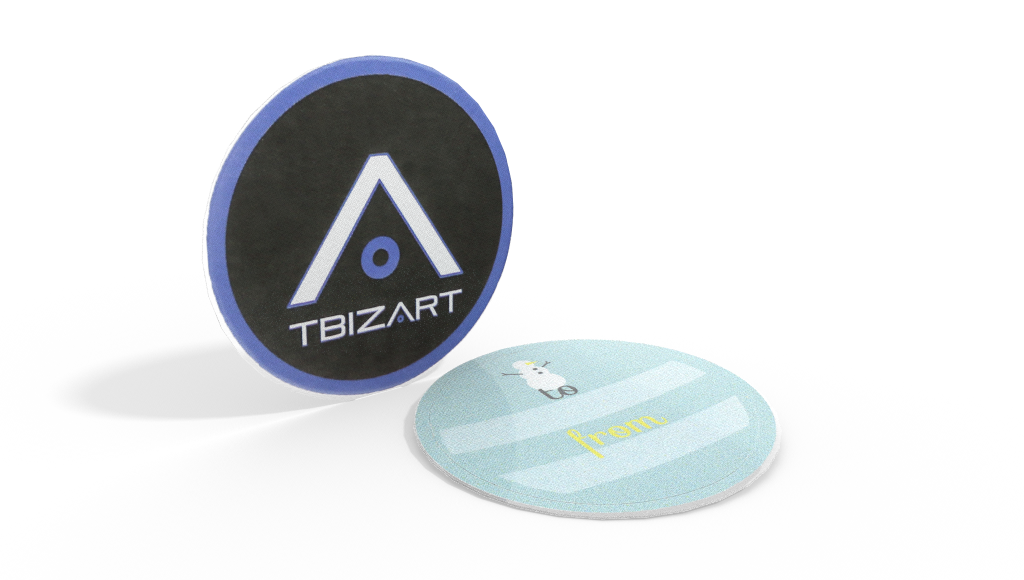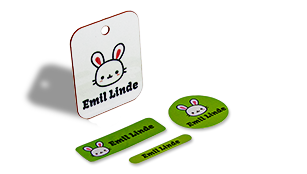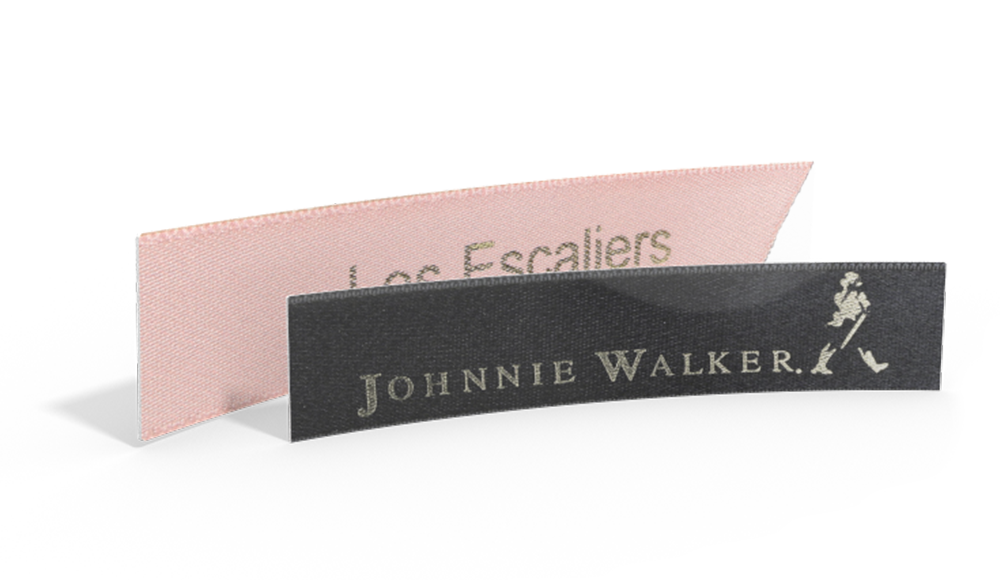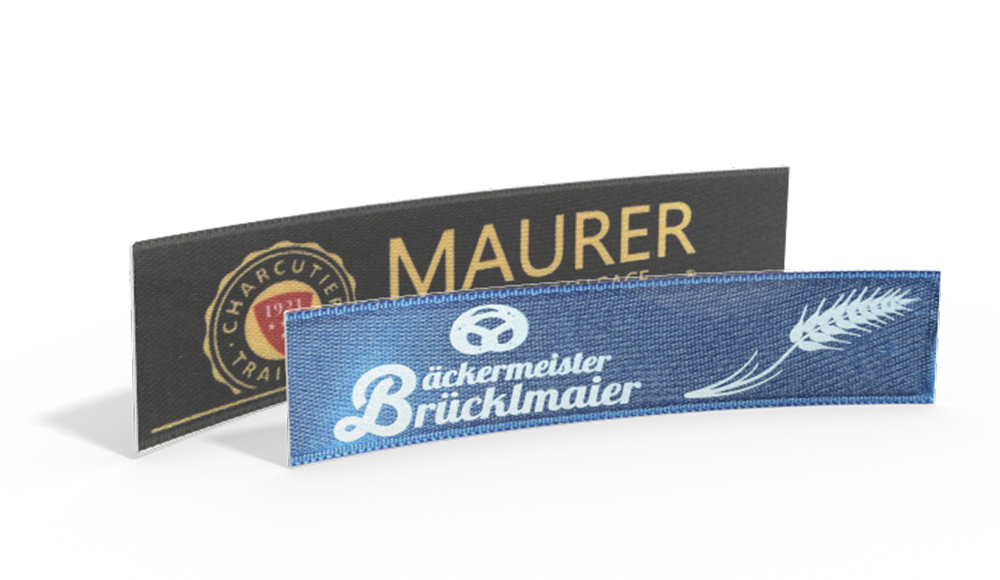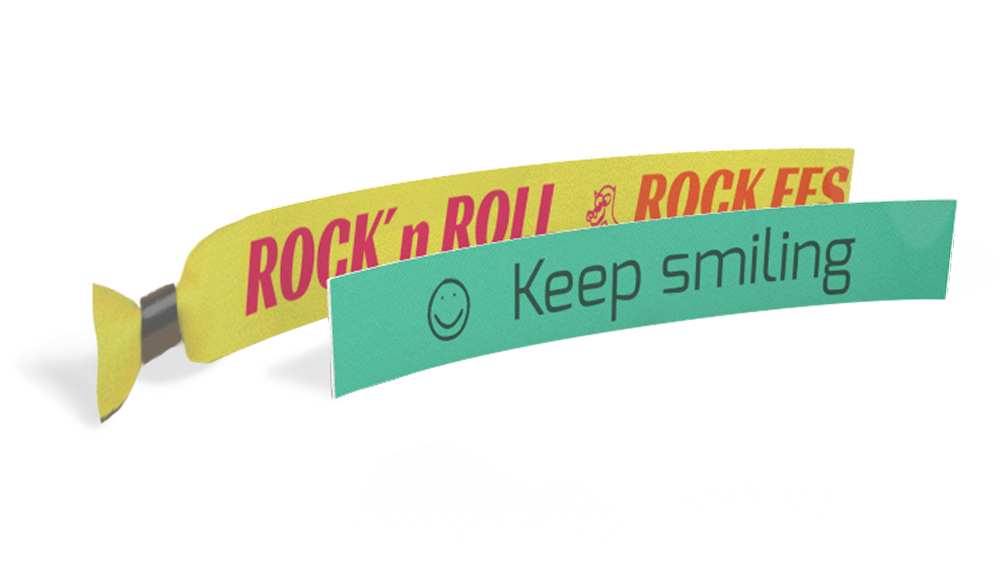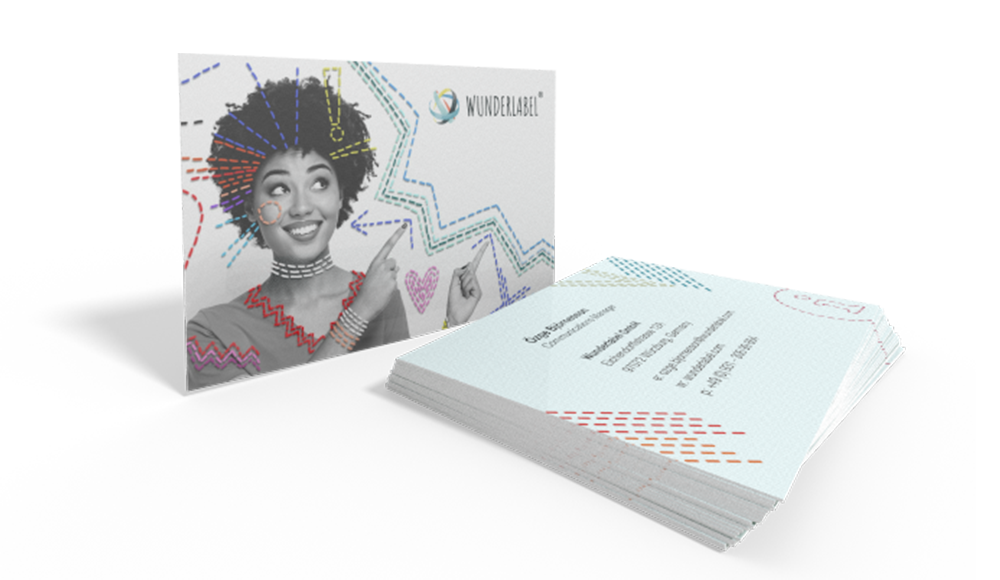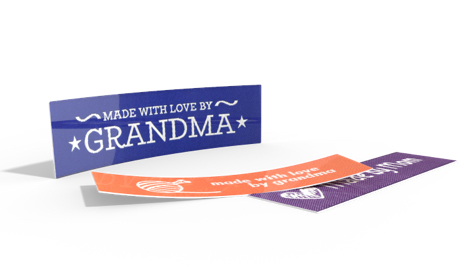Even if you’re an experienced sewist, working with felt can be a whole new world. It behaves very differently from other fabrics, which can be great...or problematic, depending on what you’re planning to do with it. Like any fabric, working with felt has its pros and cons—and sometimes the very trait that makes it great for one project makes it a disaster for another. Thankfully, we've got you covered. We've assembled a bit of background information to help your felt projects turn out stunning the first time. Check out the tips and tricks below!
What is Felt?
Felt is a non-woven fabric made of fibers that are “felted” or meshed together. It’s one of the oldest types of fabrics, since making it doesn’t require a loom or even spinning the fibers into thread first. In ancient times, felt was used to make rugs, shoes, clothing, and even tents! Today, felt still has a wide variety of uses, ranging from decorations and crafts to clothing. It's even used in some industrial applications, such as soundproofing and padding for machinery.
There are many different kinds of felt available, from brightly colored craft felt made of synthetic materials to undyed felt made from sheep’s wool. In addition to different colors and fibers, felt also comes in different weights or thicknesses. Thick felt is often used as padding or insulation, while thinner felt is used in everything from kids’ craft projects to millinery (hat-making).
The Pros of Working with Felt
In many ways, felt has some distinct advantages over other fabric types. For example:
No fraying
Because felt isn’t woven, cut edges won’t fray. This makes it a great material for no-sew craft projects, as well as an excellent practice material for kids first learning how to sew. It’s also an ideal material to use when creating appliques or decorations to add to other projects since no hemming is required for individual pieces.
Inexpensive
Though there are high-end felts available that can be a little pricier, felt for the most part is a very inexpensive material to work with, which again makes it a great practice material for beginning sewists. Keep in mind, though, that felt does behave very differently from woven materials, so don’t try to mock-up projects you plan to make from woven fabrics by using felt.
Easily accessible
Every fabric store will have a variety of felts available, but if you’re looking for craft-project felt, you won’t even need to hit your local craft shop. Supermarkets that carry basic craft supplies will typically have sheets of felt on offer, as will dollar stores and hobby shops. For larger projects, or finer grades of felt, you can buy it by the yard at your local fabric store. If you’re feeling a little adventurous, you can even make your own felt at home from unspun wool.
Versatile
When it comes to ways felt can be used, the possibilities are virtually endless. It’s perfect for winter accessories like hats, mittens, and scarves. Use it to decorate the house by stringing together festive shapes into personalized garlands, or add texture to throw pillows with felt shapes. Protect your floors by padding the legs of furniture with felt, and add decorative storage with easy felt boxes. You can accessorize with felt bags and purses, and thicker types of felt are even water-resistant, making them a great choice for slippers and house shoes. With felt projects, you’re only limited by your imagination! Check out this article for even more ideas on using felt.
The Cons of Working with Felt
Though there are some great advantages to choosing felt for your next project, there are some drawbacks as well. For instance:
Minimal elasticity
If you pick up a piece of felt and tug on opposite edges, you’ll find that it doesn’t have a lot of give. Lightweight felt will have more stretch to it than its heavier counterparts, but compared to woven fabrics, felt tends to be quite stiff and resistant. It doesn’t drape or flow, or even breathe particularly well, which makes it a poor choice for most garments. And if you do happen to stretch it out...you’re out of luck. Unlike knits or other stretchy fabrics, once felt is stretched out of shape, there’s no good way to return it to its original shape and size.
Coarse texture
In addition to being a somewhat stiff fabric, many felts are also coarse in texture. It doesn’t have a sheen the way silks or satins do, and doesn’t have a buttery soft texture like fleece or minky. This is due to the type of fiber that is necessary to make felt; rough fibers are much easier to mat together into a solid fabric than smooth ones. Of course, not all projects call for a soft, flowing fabric. The texture of felt makes it an excellent contrast when used as a decoration or trim.
Potential for shrinking
Another potential con of working with felt is that some types, particularly those made of natural wool, are likely to shrink if washed incorrectly. This can typically be avoided by handwashing, or using a cool, delicate cycle in the washing machine. Make sure to avoid using a dryer, however. Reshape items made of felt and dry them flat, just as you would a woolen sweater.
Felt may be in a league of its own compared to other fabrics, but obviously it’s not always the all-star player. Now that you know some of the drawbacks to working with felt, as well as some of the traits that make it uniquely useful, you can plan your next felt project with confidence.
Are you already a felt craft pro? Got a favorite project you’d like to share? Tell us all about it in the comments below!
Personalize some labels to go with all your felt projects.

